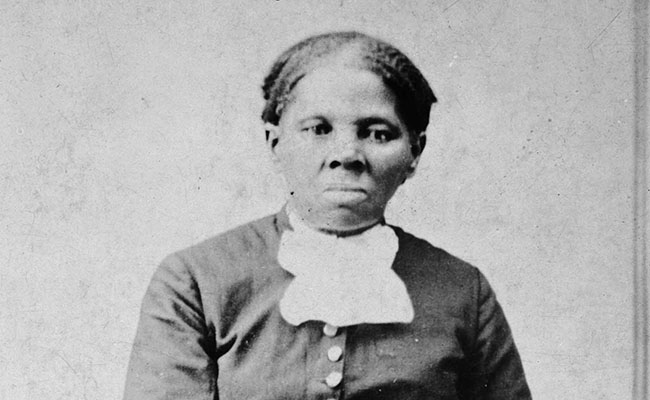Last updated: December 21, 2016
Lesson Plan
Grade 3-8 Harriet Tubman, Brave Woman or Just Plain Crazy?

- Grade Level:
- Upper Elementary: Third Grade through Fifth Grade
- Subject:
- Social Studies
- Lesson Duration:
- 90 Minutes
- Common Core Standards:
- 6.SL.1, 6.SL.1.a, 6.SL.1.b, 6.SL.1.c, 6.SL.1.d, 6.SL.2, 6.SL.3, 7.SL.1, 7.SL.1.a, 7.SL.1.b, 7.SL.1.c, 7.SL.1.d, 7.SL.2, 7.SL.3, 8.SL.1, 8.SL.1.a, 8.SL.1.b, 8.SL.1.c, 8.SL.1.d, 8.SL.2, 8.SL.3, 6-8.WHST.9
- State Standards:
- D2.His.1.3-5. Create and use a chronological sequence of related events to compare developments that happened at the same time.
D2.His.1.6-8. Analyze connections among events and developments in broader historical contexts. - Thinking Skills:
- Analyzing: Break down a concept or idea into parts and show the relationships among the parts.
Objective
To better understand Harriet Tubman's decisions in the larger context of the institution of slavery. What led Tubman to escape slavery and to return to rescue her family and friends? What factors led other enslaved people to remain in their conditions? Was Harriet Tubman's decision a product of personal courage, her situation as an enslaved woman facing sale, or a grave risk?
Background
Harriet Tubman is best remembered as one of America’s most famous conductors on the Underground Railroad. Born into slavery in early 1822 in Dorchester County, Maryland. Tubman gained international acclaim during her lifetime as an Underground Railroad agent, abolitionist, Civil War spy and nurse, suffragist, and humanitarian. Disabled by a near fatal head injury while enslaved, Tubman rose above horrific childhood adversity to emerge with a will of steel. Owing her success to unique survival techniques honed in the forests, fields and marshes of Maryland’s Eastern Shore, Tubman transcended victimization to achieve personal and physical freedom from her oppressors.
Preparation
Gather and prepare resources: A timeline of Harriet Tubman trips, Harriet Tubman quotes and narratives, maps, images, videos, songs, poems drawings, comic sketch, runaway slave narratives, primary and secondary informational text, read aloud from books, descriptive essay, and access to WGN America’s Underground (02.43).
Materials
Underground Railroad Network to Freedom Junior Ranger Activity Book (for elementary and early middle school students)
Download Junior Ranger Activity Book
Lesson Hook/Preview
Students must determine if Harriet Tubman was indeed a brave woman or just plain crazy using evidence to support their assertion. Their task is to take a “deep dive” in the many primary and secondary sources to clearly answer this question by using multiple pieces of evidence by showing her historical impact.
Procedure
Vocabulary
Dependent on grade level. Could include: Slavery, Abolitionist, Underground Railroad, Suffragist, Freedom, "conductor"
